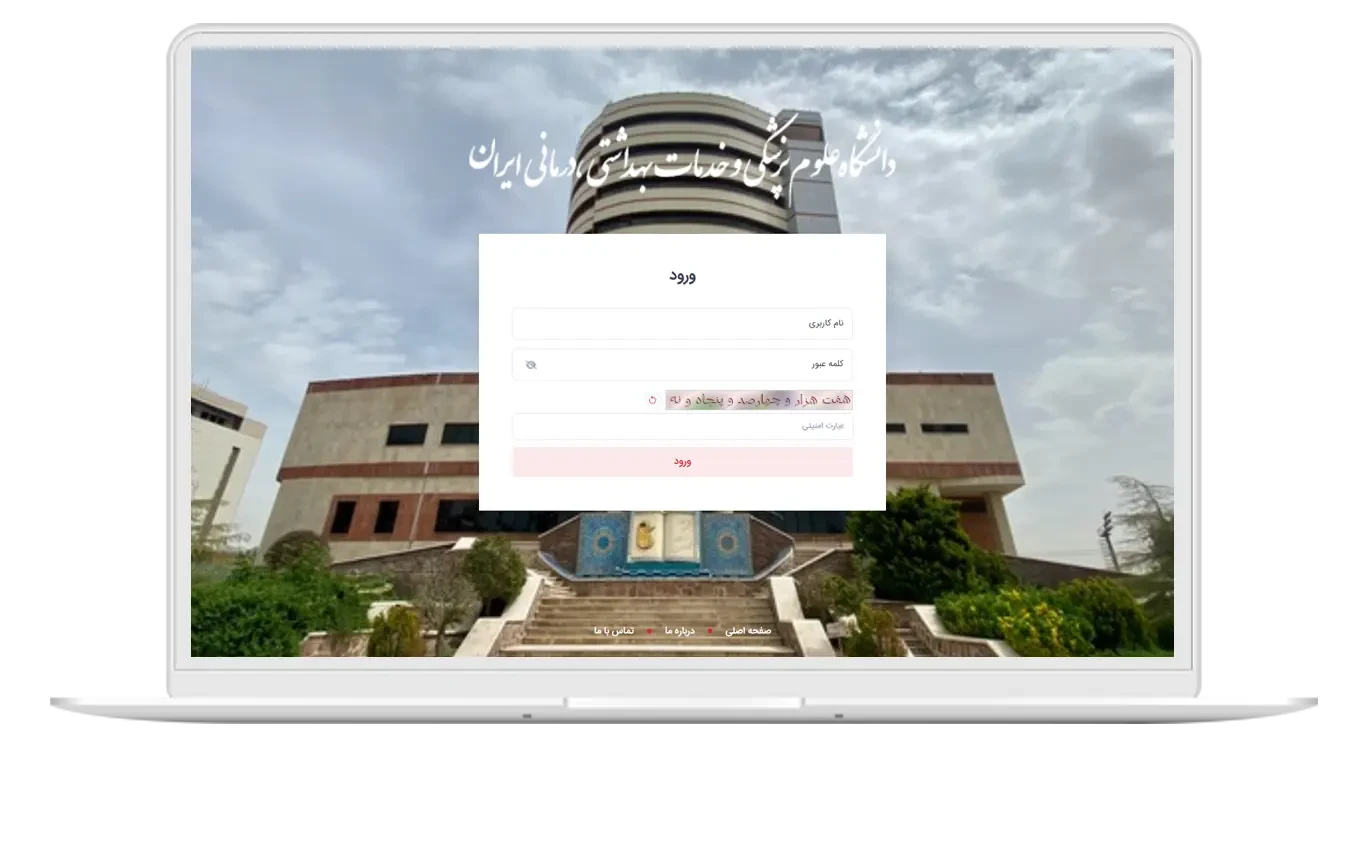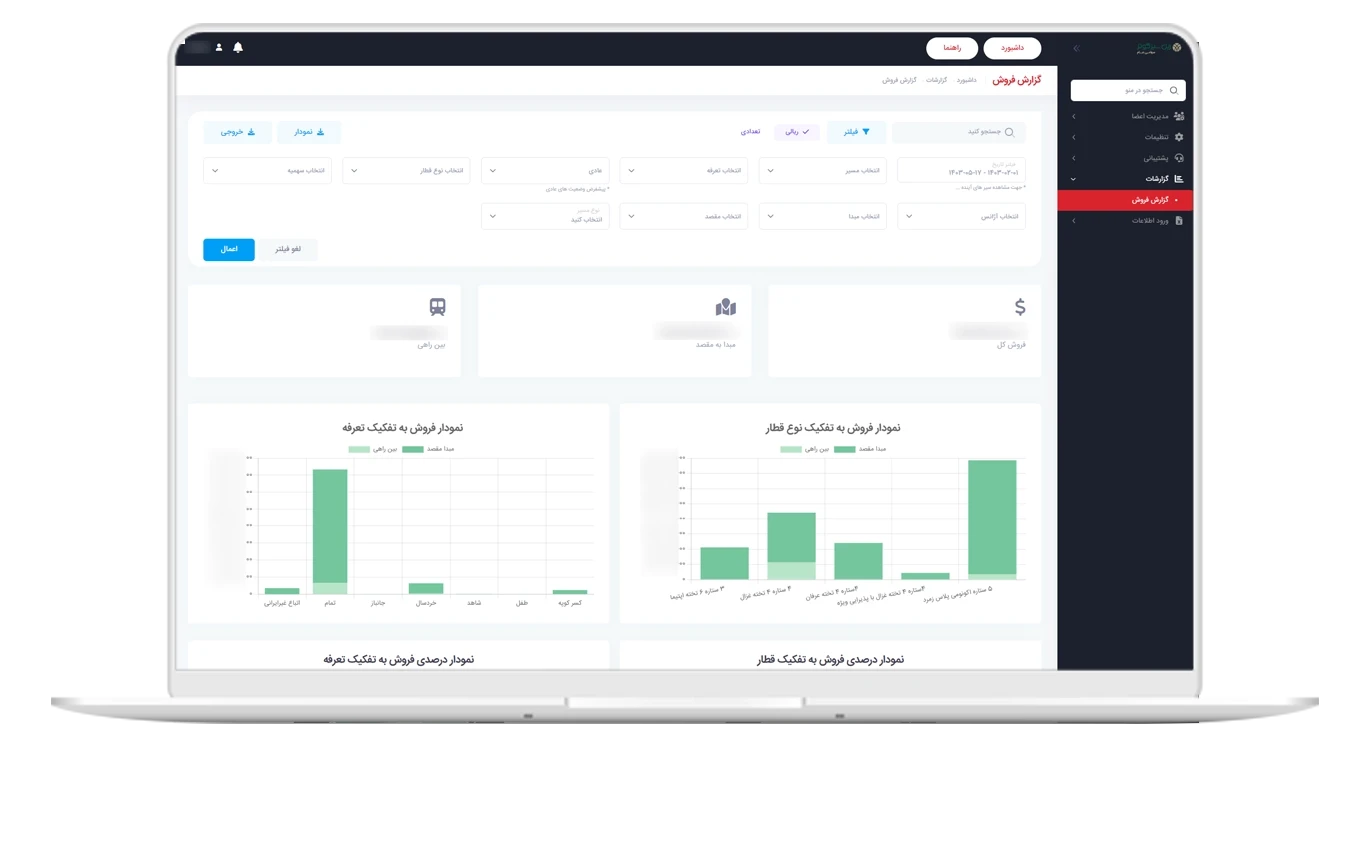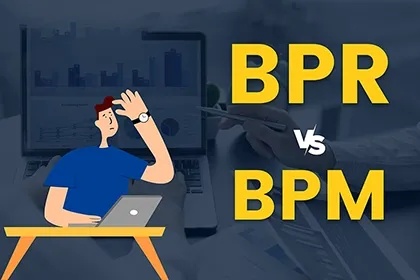BPMS Pricing is one of the most important questions that managers of organizations raise when deciding to enter the world of Business Process Management (BPM). Selecting, implementing, and deploying a BPMS requires careful consideration of technical, financial, and organizational factors, as this system is not only a tool for automating processes but also the heart of digital transformation in organizations.
In this article, we comprehensively examine the cost of BPMS, the factors affecting it, pricing models, and comparisons between domestic and foreign solutions in the Iranian market to provide clear insights for managers and decision-makers.
An Introduction to BPMS Implementation Costs
The BPMS (Business Process Management System) software helps organizations design, execute, monitor, and improve their processes. However, the cost of implementation varies depending on the organization's objectives, the volume of processes, and the level of automation. In Iran, the price of BPMS also depends on various factors such as the type of platform, the level of customization, training services, and technical infrastructure.
In fact, the final cost of a BPMS project is not limited to the software license, but includes components such as consulting, process design, training, deployment, and technical support.
Factors Affecting BPMS Pricing
To accurately estimate the cost of BPMS implementation in Iran, a set of technical and commercial parameters must be considered. The most important of these factors include:
- 1. Size and Complexity of the Organization: The larger and more cross-departmental the organization's processes are, the more configuration and customization they require, thus increasing costs.
- 2. Number of Processes to be Automated: Organizations with dozens of different processes require more investment than those with a limited set of processes.
- 3. Type of Deployment (On-Premise or Cloud): Cloud solutions have lower upfront costs but incur additional monthly or annual subscription fees in the long run.
- 4. Need for Customization: The more specific and different the processes are from standard templates, the higher the costs for development and configurations.
- 5. Training and Deployment: Training users, documentation, and technical support also comprise a significant part of the total project costs.
- 6. Optional Modules and Features: Features such as advanced reporting, connection to ERP and CRM, management dashboards, and business rule engines typically incur separate costs.
BPMS Pricing Models
BPMS providers typically use various models for pricing their products. Familiarity with these models helps organizations make suitable choices based on their budget and needs:
- Perpetual License Model: In this model, the organization pays a one-time cost to purchase the software and pays a separate fee for annual support.
- Subscription Model: In this case, the fee is paid monthly or annually and includes updates and support.
- Per User Model: The cost is calculated based on the number of active users of the system.
- Per Process Model: Some domestic providers calculate costs based on the number of implemented processes.
- Custom Project Model: For organizations with specific needs, pricing is determined based on the workload, requested modules, and consulting services.
In the Iranian market, a combination of subscription and project-based models is predominant, especially in projects of large and governmental organizations.
Average BPMS Cost in Iran
| Organization Type | Number of Processes | Deployment Model | Approximate Cost (Toman) |
|---|---|---|---|
| Small Organization | 5 to 10 Processes | Cloud | 150 to 300 million |
| Medium Organization | 10 to 30 Processes | On-Premise | 300 to 800 million |
| Large Organization | 30 Processes and above | Hybrid or Custom | 800 million to several billion |
* These figures are approximate and may vary depending on organizational needs, volume of customization, and vendor selection.
Is BPMS Cost Justifiable?
While the cost of implementing BPMS may seem high at first glance, in reality, it is a long-term investment. By automating processes, reducing human errors, and increasing productivity, organizations often see a return on investment (ROI) within less than a year.
- Reduction in administrative and personnel costs
- Increased speed of managerial decision-making
- Improved satisfaction of internal and external customers
- Increased transparency and control in processes
- Facilitation of organizational digital transformation
Challenges and Important Points in Estimating BPMS Costs
One of the main challenges in calculating BPMS costs is accurately estimating the organization's needs. Sometimes organizations choose cheaper but rigid solutions, only to find themselves needing to pay extra costs for customization or system replacement in the future.
- Anticipating organizational growth and increasing the number of processes
- Considering maintenance and upgrade costs
- Evaluating the quality of support provided by the vendor
- Selecting software with the capability to connect to ERP and CRM systems
It is recommended that before signing a contract, a needs analysis and a feasibility study are conducted thoroughly to minimize hidden costs along the way.
Conclusion
Choosing and implementing an effective BPMS requires a proper understanding of costs, pricing models, and organizational needs. The price of BPMS is not just a figure for software; rather, it reflects the value created in business processes. Organizations taking steps in business process management (BPM) can significantly enhance their productivity, transparency, and organizational agility through informed choices.
Frequently Asked Questions
Yes, many small companies incur lower initial costs by using cloud or subscription versions.
Careful selection of critical processes for initiation, utilization of cloud versions, and choosing a reputable provider with a successful track record in implementation.





